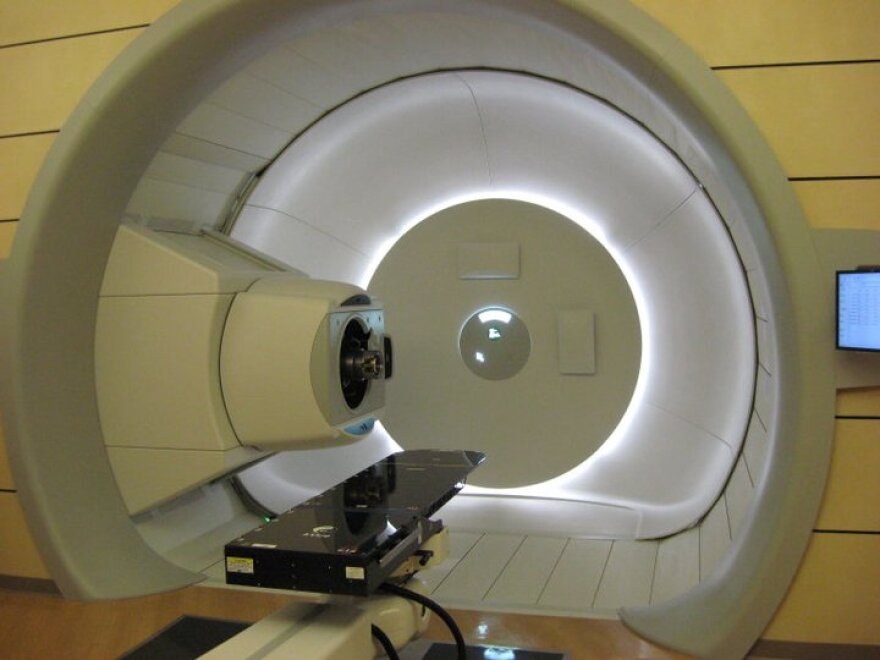Two North Texas proton therapy centers are in the planning stages over the next few years -- one at UT Southwestern in Dallas and a second in Las Colinas, which is a joint effort of Baylor Health Enterprises, Texas Oncology and McKesson Specialty Health Network.
So what sets proton therapy apart? And how are the North Texas centers pushing the technology envelope? Two doctors, Scott Cheek of the Las Colinas project and Timothy Solberg of UT Southwestern, point out five key factors:
1) The Next Big Thing: Tiny 'Pencil Beams' -- UT Southwestern hopes to use the latest “pencil beam” technology in its treatment rooms. Those pencil-sized beams are considerably smaller than most beams in use now, which can be several inches across. Narrower beams mean precise targeting of a tumor, and less damage to surrounding healthy tissue.
2) Proton Centers As Economic Generators -- The Las Colinas location for the new Baylor/Texas Oncology proton therapy center was chosen because it’s equidistant between DFW Airport and Love Field. Officials say easy access to the center as well as plenty of nearby hotels, restaurants and other amenities will be attractive to patients expected from around the state and the U.S.
3) Children Are The Future -- Cheek predicts the biggest-growing market for proton therapy will be in pediatrics. The precision of proton radiation greatly reduces the dosage of radiation to surrounding healthy tissues, and that’s extremely important for a growing child.
4) Maximizing Miniaturization -- Equipment in existing proton centers is massive -- a 220-ton cyclotron generates the proton beams at an Oklahoma City treatment center. Research is underway to miniaturize the proton accelerators and delivery equipment. Smaller equipment that could fit in one room would greatly increase the availability of proton therapy, and could cut costs.
5) Beams With Superpowers -- Carbon ions could be the next step in particle beam cancer treatment in the U.S. Solberg says carbon ions pack more of a punch than protons. Japan and Europe already use such technology.
Be sure to listen to BJ Austin's story: 'Zapping Cancer With A Ray-Gun: A Battlefield Breakthrough'



